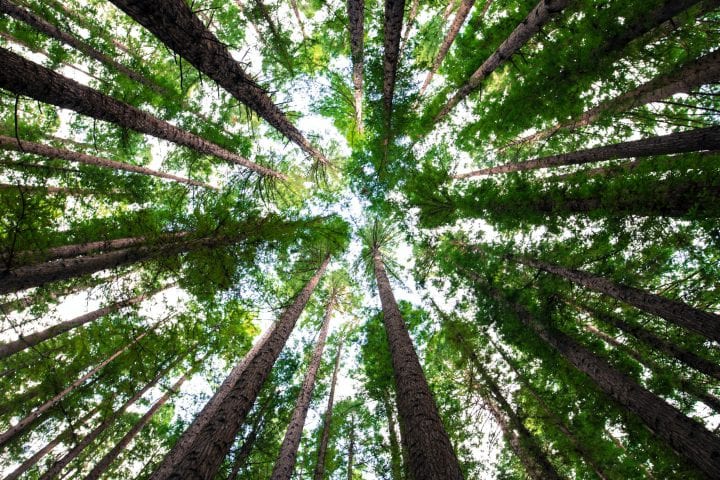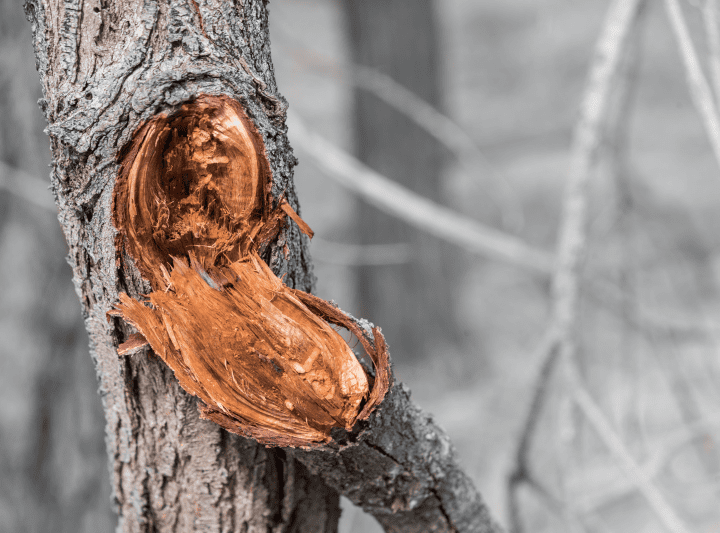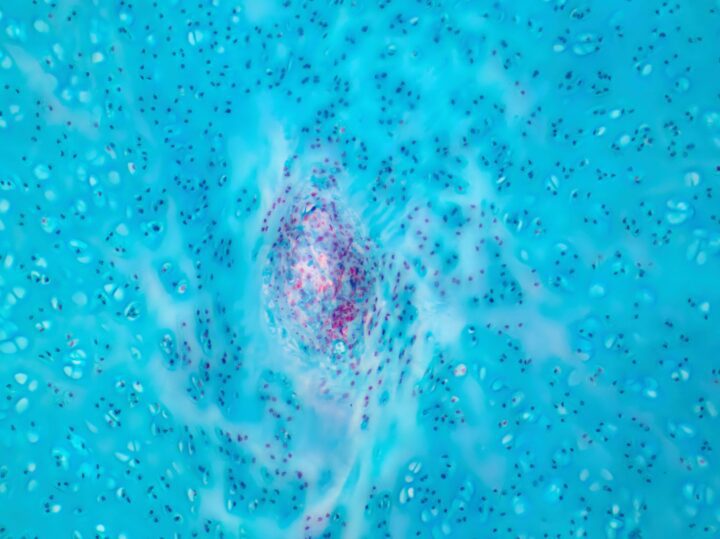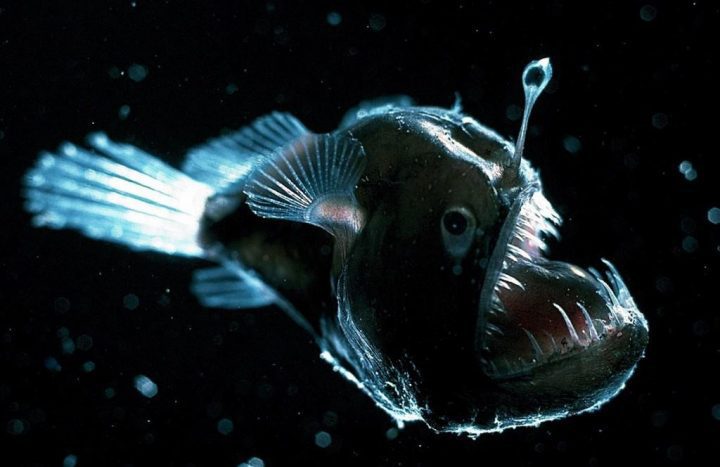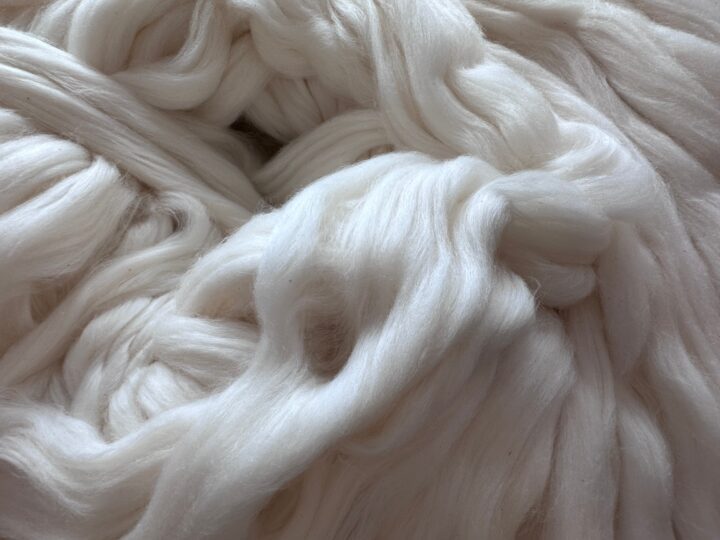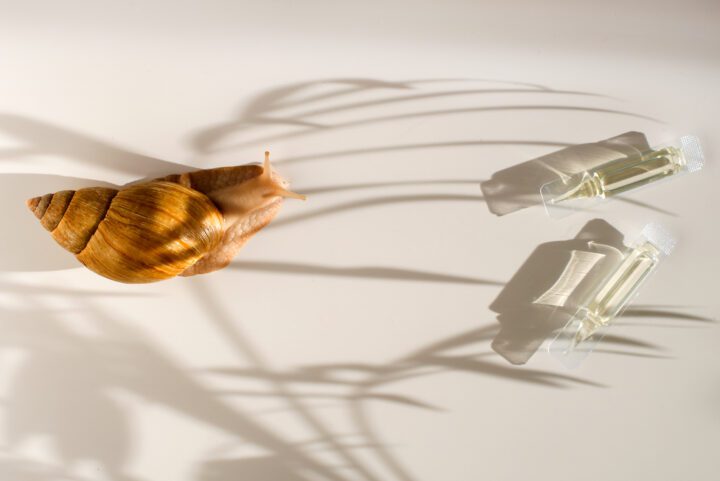Soarce Inc. uses a novel refinery process to transform seaweed waste into high-performing and low-impact chemical treatments for fabrics, leathers, colorants, and industrial applications.
Benefits
- Increases dye and tannin ingredient absorption
- Increases the mechanical strength of materials
- Wicks moisture
- Adds fire-retardant properties
Applications
- Textiles and leather treatments
- Additives for plastics, paints, and cosmetics
- Additive for industrial applications (composites, concrete, etc.)
UN Sustainable Development Goals Addressed
-

Goal 11: Sustainable Cities & Communities
-

Goal 12: Responsible Production & Consumption
-
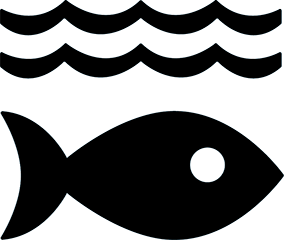
Goal 14: Life Below Water
The Challenge
Fashion brands are increasingly seeking sustainable and affordable alternatives to petroleum-based and toxic additives that add performance to yarns and textile. These materials often require coatings or other additives to keep colors from fading in sunlight, or to deliver fire-retardant properties. Current options, like natural and plant-based dyes, are eco-friendly but don’t last, making them costly and inefficient. Conventional manufacturing pathways rely on toxic chemistries, heavy metals, and tremendous amounts of heat and water to achieve versatile functionality. With consumers pushing for greener products and new regulations against harmful materials, solutions must be eco-friendly, long-lasting, and affordable for brands to make the switch.
Biological Model
As earth’s most abundant naturally-occurring organic material, is found in plant cell walls and known for its strength and other unique mechanical properties. Seaweed is a plant that replenishes cellulose quickly through rapid growth, but uniquely lacks lignin, a complex structural component responsible for the rigidity of many vertically-growing plants. Due to the absence of lignin, seaweed is an efficient and valuable source of plant cellulose as it doesn’t require the use of harsh chemicals for its harnessing. A derivative of natural cellulose, nanocellulose, has additional benefits and properties that make it an attractive candidate for use in cellulose-based materials and products, such as textiles or paper.
Innovation Details
Cellulose and other renewable resources for biobased materials are being explored to sustain the growing bioeconomy. Access to abundant cellulose and nanocellulose is valuable as these resources serve as key building blocks in the transition away from a petroleum-based economy.
Soarce, Inc. is a company that has developed innovative green processes to harness cellulose from seaweed and derive nanocellulose for use in sustainable additives. The company’s two main products, SEABIND and SEARAMIC, can be created and applied to a range of products, including dyes, inks, fabrics, and even concrete—all without the use of harmful chemicals.
The company’s production process starts with extracting cellulose from seaweed and transforming it into SEABIND, an additive that enhances dye absorption, thickens mixtures, and strengthens materials. By combining this seaweed-based material with tiny ceramic particles, SEARAMIC is formed, which offers additional benefits like UV protection, a natural white color, fire resistance, and a smooth finish for fabrics. Both additives are easy to use, require only small amounts to perform, and provide a non-toxic way to boost the performance of a variety of industrial and consumer products.
The Human Factor
The founders of Soarce, natural entrepreneurs and athletes, were accustomed to wearing performance apparel made from synthetics. While undergraduates at University of Central Florida, they shifted their first startup from manufacturing carbon fiber composites for recreational drones to exploring industries with other transformative potential.
Their journey led them to the textile industry, where they uncovered a troubling truth: most athletic apparel depends on fossil fuels and toxic chemicals to achieve performance characteristics, with few natural alternatives available and little transparency from brands. Determined to find a better way, they began researching cleaner manufacturing methods. Their breakthrough came when they discovered PhD researcher Meri Lundahl on YouTube, showcasing how cellulose from trees could be wet-spun into filament fibers. Inspired, they asked themselves: could cellulose fully replace synthetic materials in apparel? Diving deeper, they realized the vast potential of cellulose from diverse sources, each with unique functionality.
Through extensive testing, they identified seaweed cellulose as particularly promising. Growing up in Florida, the founders saw seaweed not just as an abundant, renewable resource, but as a game-changing solution. Its properties extended beyond textiles to applications like water-repellent coatings and mechanical reinforcement for composites. Soarce was born from this vision, with a mission to redefine performance materials through sustainable innovation.
Ray of Hope Accelerator
The Ray of Hope Accelerator supports an annual cohort of ten high-impact nature-inspired startups representing various sectors and regions addressing the world’s biggest environmental and sustainability challenges. The accelerator builds upon years of experience as the Ray of Hope Prize (2020-2023), which was created in honor of Ray C. Anderson, a business and sustainability leader and founder of Interface, Inc. Soarce Inc. was a participant in the 2024 Ray of Hope Accelerator.
AI on AskNature
This page was produced in part with the assistance of AI, which is allowing us to greatly expand the volume of content available on AskNature. All of the content has been reviewed for accuracy and appropriateness by human editors. To provide feedback or to get involved with the project, contact us.




